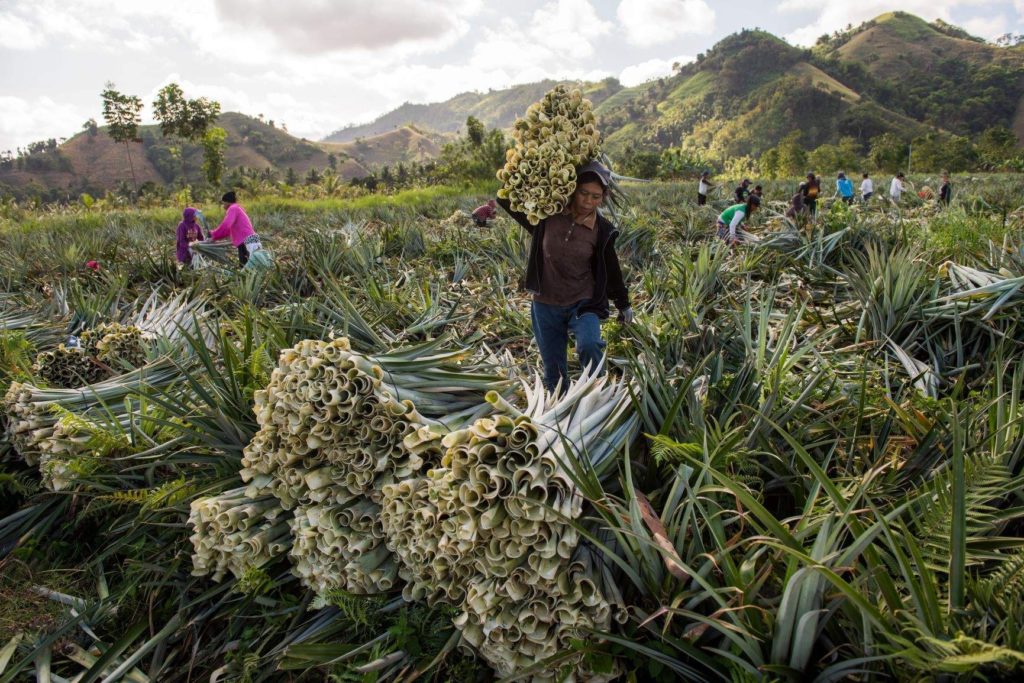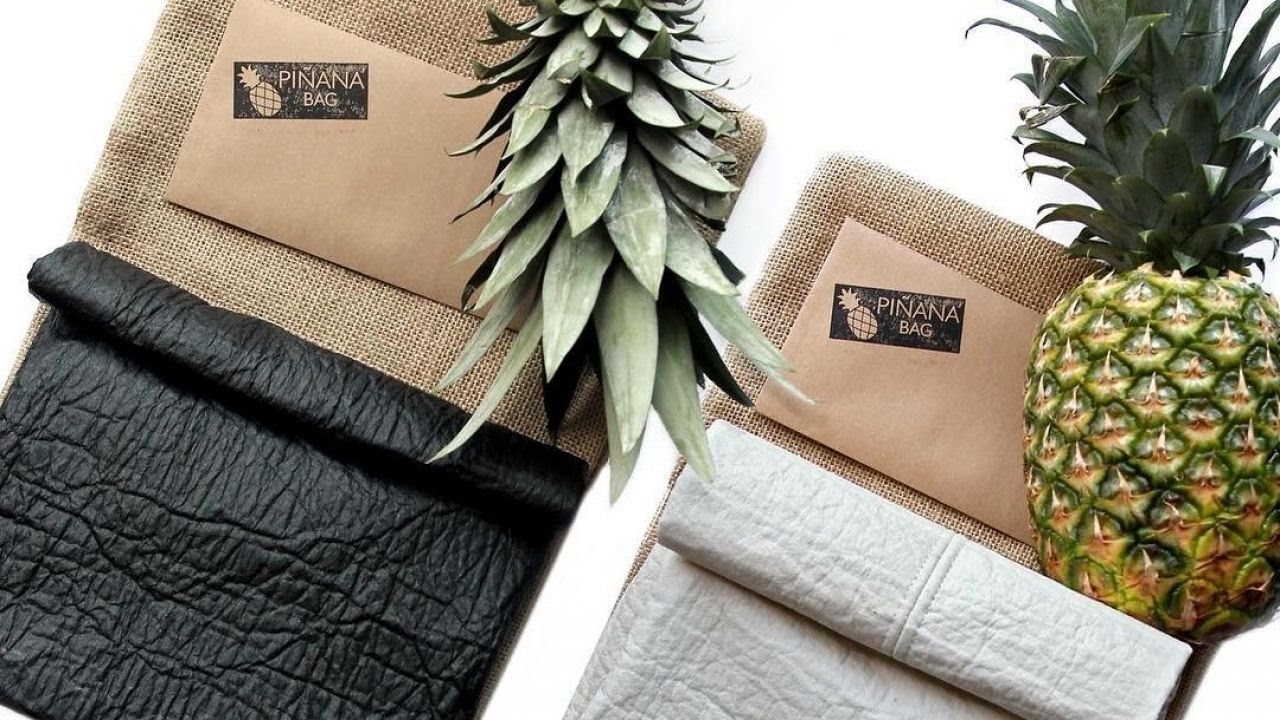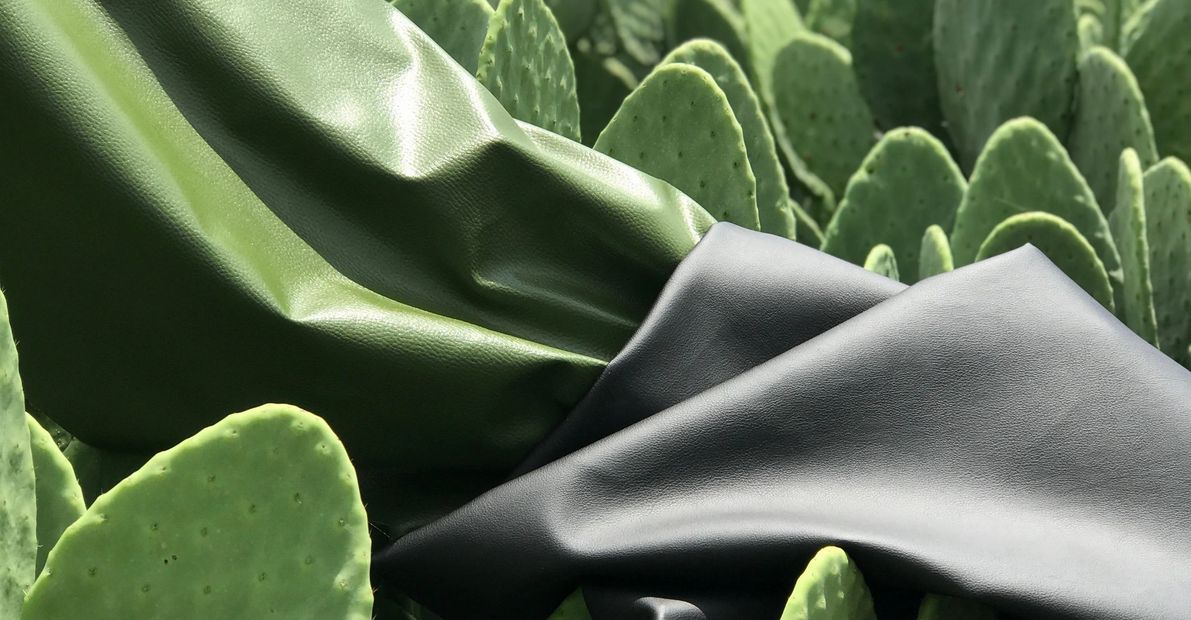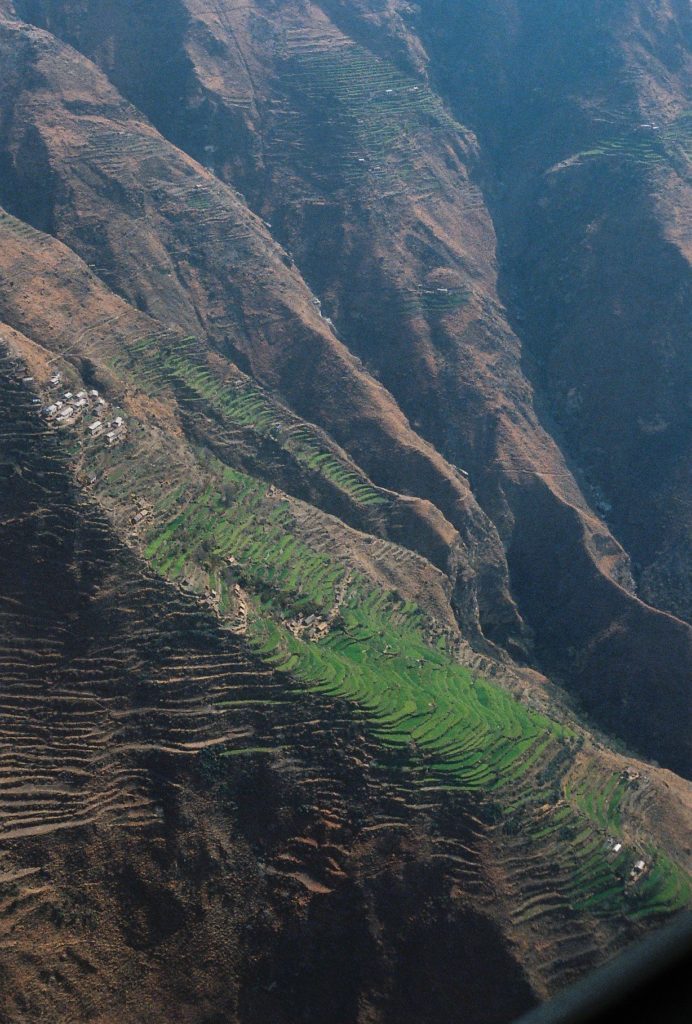From pineapple leather to hemp: sustainable materials changing the fashion industry

The future of the planet is at risk and this macro context is forcing businesses to shift towards more environmentally friendly models, and in fashion, this means looking at how things can be done differently at every stage of the supply chain.
Sustainable materials that seek to minimise the environmental impact of current fashion fabrics are, in my opinion, the first stage towards an environmental route in the industry because they cover the earliest phase of the supply-chain: material extraction, manufacturing and production.
So, what does it mean for a fashion material to be environmentally friendly? In relation to the common definition surrounding sustainability, creating a sustainable material implies producing something that won’t harm or challenge the ecological balance of the planet or the life of future generations. Materials that can find the equilibrium of resource extraction with a sustainable future, materials that do not produce high levels of emissions, or materials that do not require great amounts of water, among others.
Sometimes, rather than looking for sustainable materials, it is more about avoiding those materials that are eco-unfriendly or contaminating: artificial fibers made from petrochemicals, fabrics treated with hazardous chemicals that produce high levels of greenhouse gas emissions, non-biodegradable materials, or materials requiring high amounts of water and pesticides.
In my opinion, there is a necessity of improving the degree of intention and awareness when reading the label of our future wardrobe pieces.
Therefore, if you do wish to support sustainable fashion, which fabrics should you avoid?
In relation to the aforementioned ecological challenges of current un-sustainable materials, the worst environmental impact has been revealed in the following materials: cotton, polyester, nylon, acrylic, viscose, and animal-derived leathers.
However, moving away from conventional fashion fabrics, there are innovative solutions around the world revolutionizing the way fashion is done. So, which fashion materials should you look for? The following materials are sustainably sourced, have a low environmental footprint and are cruelty-free:
1. Piñatex
Who would ever think that fruit could become leather. Piñatex, a natural fiber made from the waste of pineapple agriculture born in the Philippines. The pineapple leaves are a by-product of the pineapple harvest. Long-fibers are extracted from them and mixed with a corn-based acid. This material is then finished, dyed and used across the textile industry.
Not only does this material contribute to the avoidance of the waste challenge and wider concept of circularity, but it also has a high social impact, since it provides an extra income for the farming communities of the Philippines.
See the transformation from pineapple leaves to leather here:

See the result here:

2. Tencel
This non-chemical cellulose-based fiber alternative to viscose has its botanic origin in the raw material wood. It can be combined with a wide range of textiles, using less energy and water for its production than conventional materials and avoiding the use of pesticides. Unlike other fashion fabrics, it is biodegradable.
3. Econyl
“Some see trash, others see treasure”. This is a non-waste fiber made from regenerated nylon waste, that would be otherwise polluting our planet. It can be recycled and repurposed for future textile use, contributing to closing the loop of the fashion industry.
The process goes through four stages: rescue, regenerate, remake and reimagine. Also, part of the nylon waste used for its production comes from ocean fishing net waste, which helps avoid the loss of marine life that would, if not, get entangled in these fishing nets.
4. Desserto Cactus Leather
Desserto is the first organic textile material in the world to be produced from the Nopal cactus. This sustainable plant based vegan leather is produced in Mexico and it is a great substitute to animal-based leathers.
Why cactus? This plant has enormous CO2 absorption capacities, and the cactus plant itself is not damaged when cutting the leaves to manufacture the leather, meaning that the plant goes through a repeated harvest process and leather can be continuously extracted from the same plant. In addition, since this plant is used to a very dry climate, the leather production does not require great amounts of water.

Source: https://desserto.com.mx/why-desserto%3F [image credit]
5. Hemp
This material is grown from Cannabis Sativa, a non-psychoactive weed cousin to marijuana without the mind-altering THC. This organic material is easily grown without water, chemical herbicides and pesticides, and, like the cactus, it has great CO2 absorption capacities. It can be grown almost anywhere in the world and it has great soil capacities. Three times stronger than cotton, brands in the fashion industry are using this material as a sustainable alternative.
An example of a brand using hemp in their production is the brand Hemper. The hemp used for their production grows wild in the Himalayan region of Bajura, a specialized region in hemp craft. See pictures below:
The possibility does exist to choose sustainable fabrics, so, why not? If the intention exists, let’s start substituting cotton with hemp, or animal leather with pineapple and cactus. Let’s begin a journey towards a sustainable future.
Check out more fashion content here




![ZINO VINCI’S ‘FILTHY & DISGUSTING’EP BRINGS YOU TO THE CORE OF THE ARTIST [@ZinoVinci]](https://guap.co/wp-content/uploads/2023/10/Zino-4.jpg)





